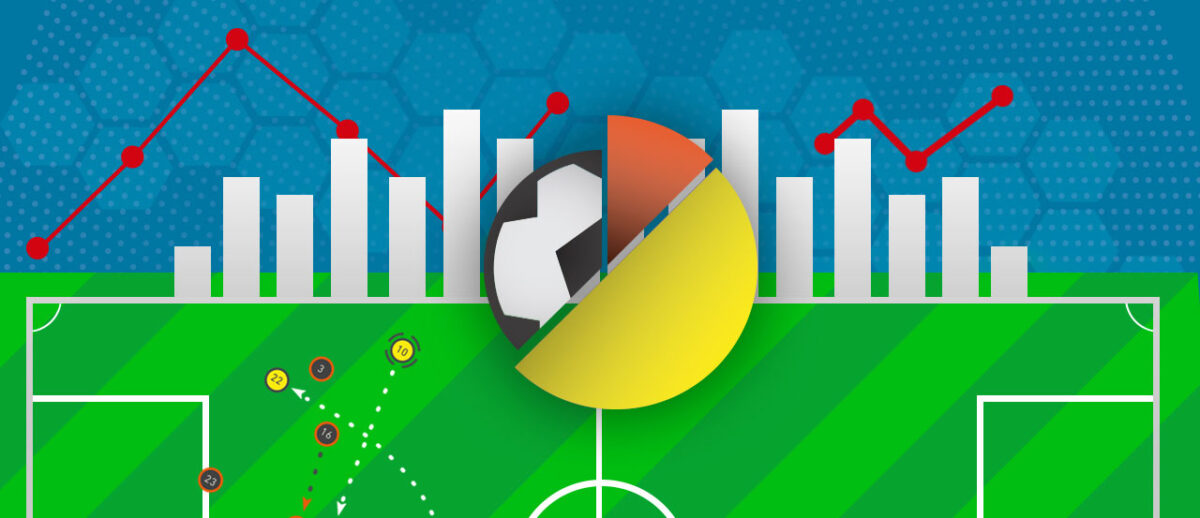In recent years, NFTs, also known as non-fungible tokens, have taken the digital world by storm. Simply put, an NFT is a one-of-a-kind digital asset that proves ownership of something unique, like an image, video, or collectible. In football, they’ve been promoted as a new way for fans to connect with players, buy digital player cards, or access special experiences (Sorare, n.d.).

But as exciting as it sounds, not every project is as trustworthy as it appears. A recent case in Spain shows how easily an emerging technology like this can turn into controversy.
According to PANews, authorities in Barcelona are currently investigating a cryptocurrency fraud case involving several well-known football players. The company Shirtum allegedly scammed investors out of about $3.4 million through an NFT project that never delivered what it promised. Some big names were tied to the project: Papu Gómez, Lucas Ocampos, Ivan Rakitic, Javier Saviola, Nico Pareja and Alberto Moreno. Prosecutors claim that Shirtum operated through a complicated business structure to avoid paying taxes. The players reportedly helped promote the NFTs as “founders.” These tokens were meant to represent the players’ image rights, but investigators say they never gained any real trading function. After the promotion, related posts on social media disappeared and the company later claimed it had been hacked without filing a police report. Soon after, Shirtum shut down completely without any explanation (Binance, 2025).
As someone who enjoys watching football, I believe NFTs have the potential to make the sport more interactive if used responsibly. Unfortunately, scandals like Shirtum’s make fans lose trust. For NFTs to succeed in sports, transparency should come first. Football players and clubs need to ensure that what they promote is legitimate and provides genuine benefits. In the end, NFTs should be about strengthening fan communities, not taking advantage of the loyalty and passion of fans.
Sources:
Binance. (2025, June 11). Barcelona court investigates cryptocurrency fraud involving football players. Binance. https://www.binance.com/en/square/post/06-11-2025-barcelona-court-investigates-cryptocurrency-fraud-involving-football-players-25461462914385
Sorare. (n.d.). https://sorare.com/football


